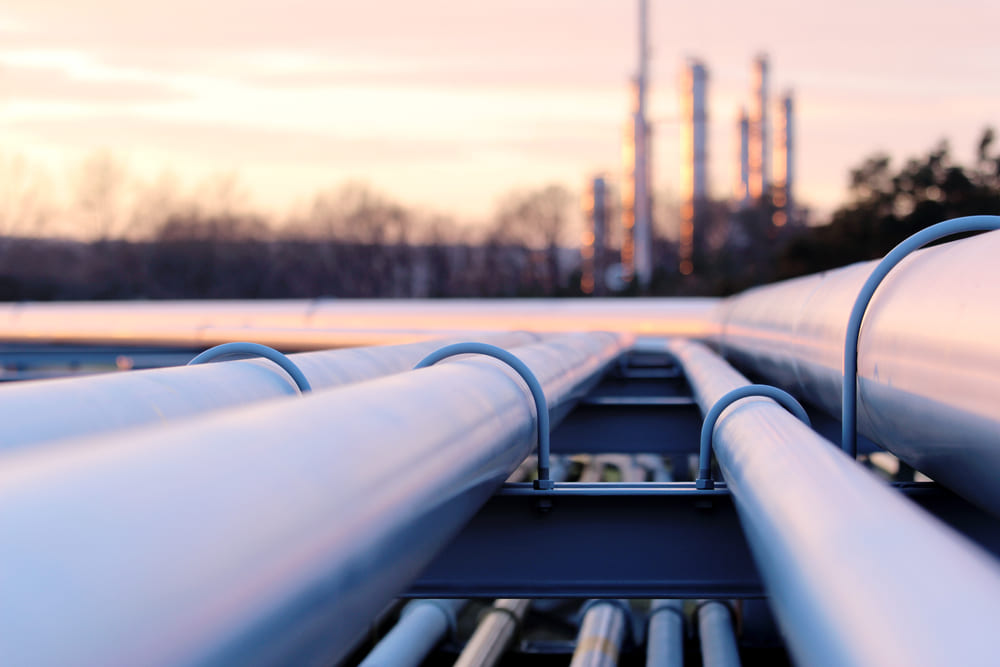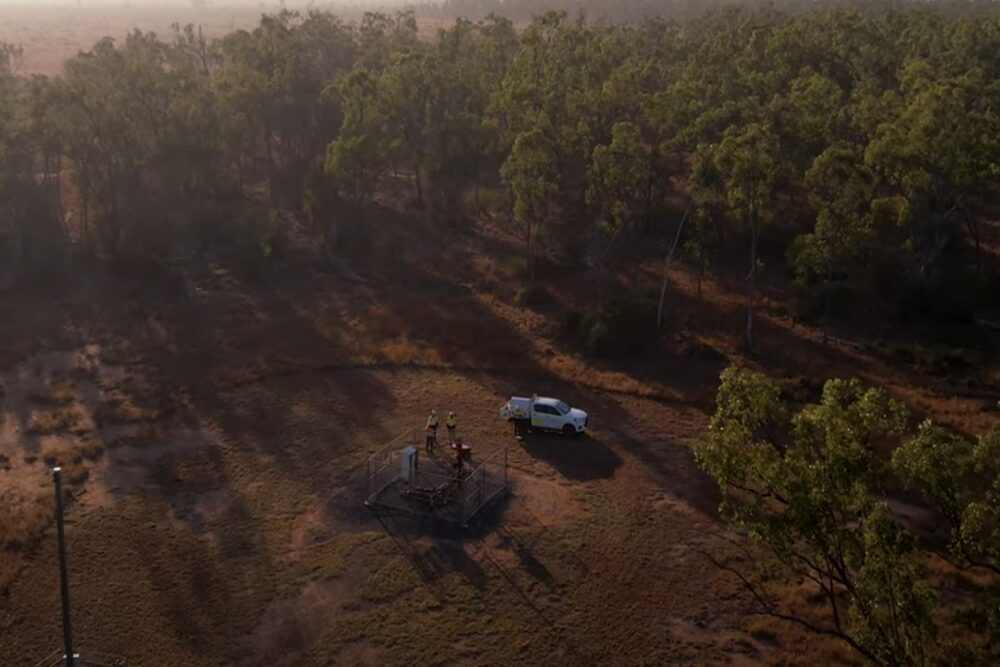
The Australian Competition and Consumer Commission (ACCC) has just released data that indicates petrol prices in Australia’s largest cities have just hit a four-year high.
According to the ACCC’s latest petrol monitoring report, average petrol prices have increased by approximately seven per cent in the past three months, hitting a four-year high in real terms of around 145 cents per litre (cpl) in Sydney, Melbourne, Brisbane, Adelaide and Perth. The report, which was released earlier this morning, highlights that annual average prices in the five largest cities in real terms steadily fell between the 2013-14 and 2016-17 financial years, yet in the 2017-18 period the average price of petrol increased overall by nearly 10 per cent in comparison to last year.
“The major factors driving higher prices were an increase in international crude oil and refined petrol prices, and a lower AUD-USD exchange rate,” ACCC Chair Rod Sims explained.
“The Organisation of the Petroleum Exporting Countries (OPEC) cartel, in particular, continues to have a damaging effect on Australian petrol prices. In late-2016 OPEC and some other crude oil producing countries, agreed to cut production. This restricted supply into the market, which has clearly started to bite through steadily increasing petrol prices in the past financial year,” Mr Sims shared.
The report stated that the influence of these crude oil production cuts was likely to be the result of concerns regarding risks to international crude oil supplies due to a potential conflict in the Middle East, renewed US sanctions against Iran, and falling crude oil output due to the political and economic crisis in Venezuela. Aside from this, a weaker Australian dollar also explains rising costs for wholesalers who buy petrol for the Australian market, which then flows through to consumers who pay for it at the pump.
The ACCC report also found that the gross margins Australian petrol retailers are obtaining for every litre sold are also adding to the price pressure motorists experience, with average gross retail margins hitting a record high in 2017-18. If that wasn’t enough, annual average gross indicative retail differences (GIRDs), which are considered a broad indicator of gross retail margins, in Australia’s five largest cities in the 2017-18 period reached approximate 12.4 cpl, which is 4.3 cpl higher than the average over the last 16 years.
“Current gross retail margins in the five largest cities are now over 50 per cent above the 16-year average since the ACCC began tracking this data,” Mr Sims said.
The ACCC report also outlined several developments that have been made in the petroleum industry over the course of the 2017- 2018 recording period. The developments that were listed include:
- BP decided to not proceed with the acquisition of Woolworths’ retail fuel and convenience business (announced on 21 June 2018).
- Queensland to introduce a fuel price reporting trial (announced on 1 May 2018).
- 7-Eleven’s fuel app has been widely used since its establishment in 2016 (announced on 1 May 2018).
- NSW FuelCheck app downloaded by 220 000 drivers since its launch in October 2017 (announced on 5 June 2018).
- OPEC agreed to increase crude oil production (announced on 22 June 2018).
- The ethanol mandate in Queensland has increased E10 sales (announced on 16 May 2018).
- Liquid fuel security assessment as part of a broader National Energy Security Assessment (occurred on 7 May 2018).
- Tasmanian fuel price board legislation came into effect on 7 May 2018.
- Viva Energy initial public offering launched on 20 June 2018.
- Exxon Mobil to expand crude oil storage capacity at the Altona refinery (announced on 15 June 2018).
The full ACCC report is available to the public and can be accessed here









